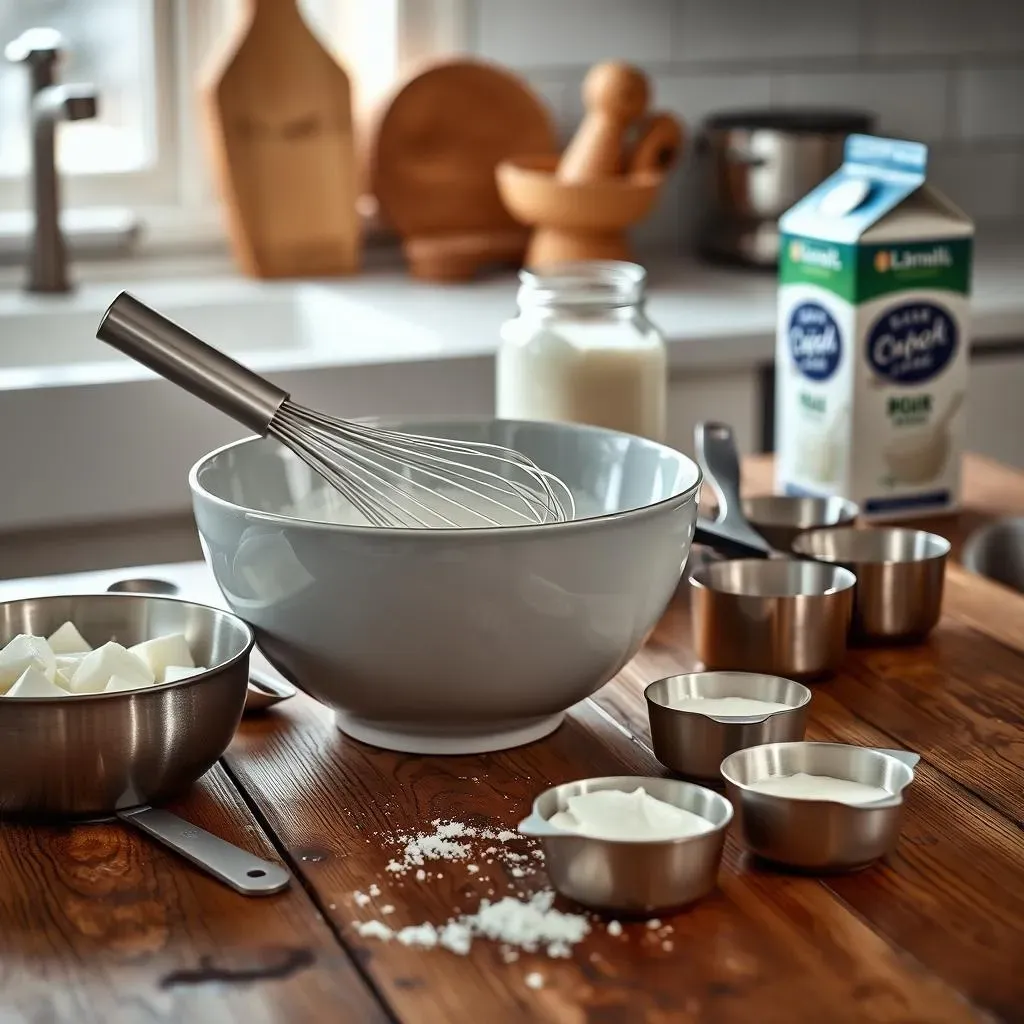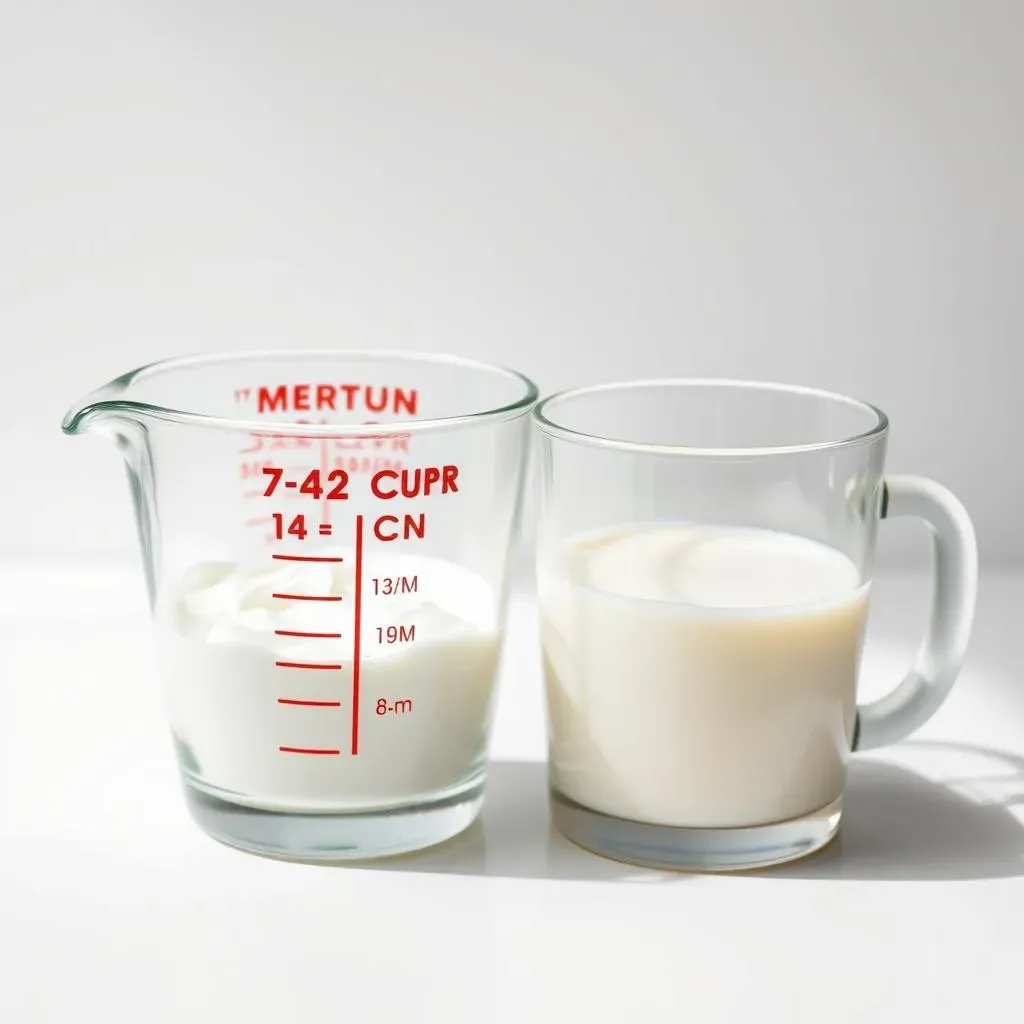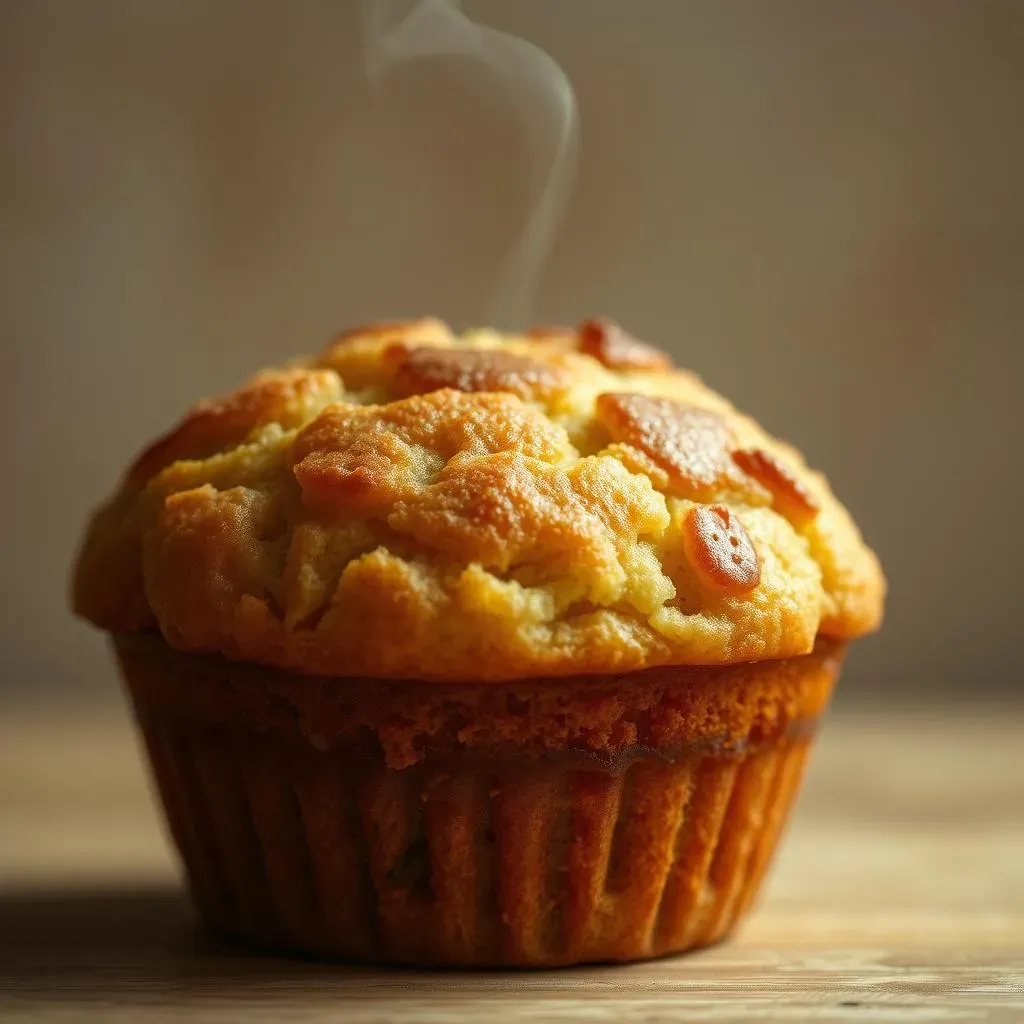Table of Contents
Ever found yourself mid-recipe, ready to bake, only to discover you're completely out of buttermilk? It's a kitchen crisis we've all faced, right? But before you panic and consider abandoning your baking dreams, let's talk about a simple, tangy solution: substituting sour cream for buttermilk. Yes, you read that correctly! That tub of sour cream chilling in your fridge can be your baking hero. This article will guide you through the why and how of this magical substitution. We'll explore why this swap works so well, what steps you need to take to get it just right, and some pro-tips to ensure your baked goods come out perfectly every single time. By the end, you’ll be a pro at substituting sour cream for buttermilk, ready to tackle any recipe, any time. So, grab your apron, and let’s get started!
Why Substitute Sour Cream for Buttermilk?

Why Substitute Sour Cream for Buttermilk?
The Tangy Truth
Okay, so why even bother with substituting sour cream for buttermilk? Well, it all boils down to two things: tang and texture. Buttermilk isn't just some fancy milk; it has a specific level of acidity that reacts with baking soda to create those light, fluffy baked goods we all crave. Sour cream, with its own unique tang, does a pretty good job mimicking that. It has lactic acid, just like buttermilk, which means it provides the necessary zing to activate the baking soda and give your cakes and muffins that perfect lift.
Plus, let’s be real, sometimes you just don't have buttermilk on hand. You're in the middle of baking, you're excited, and then BAM! No buttermilk. Sour cream is often a fridge staple, making it a convenient swap. It's a great way to avoid a last-minute grocery run. I've been there, staring into my fridge, a little bit annoyed and a little bit desperate. I always have sour cream for tacos, and it's a baking lifesaver.
More Than Just a Backup
Beyond convenience, using sour cream can actually add a richness to your baking that buttermilk sometimes lacks. The higher fat content in sour cream contributes to a more tender crumb and a moister final product. Think about it: that extra bit of fat coats the flour proteins, preventing them from forming tough gluten. This means your cakes are softer and your muffins are less likely to be dry and crumbly. It's like a secret weapon for next-level baking.
Another advantage? Sour cream tends to be thicker than buttermilk, and this can be great for certain recipes. It can help create a denser, more substantial texture in things like coffee cakes or quick breads, which, personally, I love. It’s like adding a little bit of extra love into the batter. Plus, it's not just for baking; you can use the same substitution trick in things like pancake batters to give them more richness and a better texture, too.
Benefit | Buttermilk | Sour Cream |
|---|---|---|
Acidity | High | High |
Fat Content | Low | Higher |
Texture | Thin | Thick |
Availability | Sometimes | Often |
How to Perfectly Substitute Sour Cream for Buttermilk

How to Perfectly Substitute Sour Cream for Buttermilk
The Thinning Act
Okay, so you've got your sour cream, but remember, it's much thicker than buttermilk. To make it a proper substitute, you need to thin it out. The trick is to add liquid, and the best options are either milk or water. I usually go for milk because it adds a bit more flavor and richness, but water works just fine in a pinch. Think of it like giving your sour cream a little makeover, transforming it from a thick dollop into a smooth, pourable liquid. This step is crucial, don't skip it!
The golden rule is to use about 3/4 cup of sour cream and 1/4 cup of liquid for every 1 cup of buttermilk your recipe calls for. It's not a super precise science, but this ratio will get you pretty darn close. I've found that a whisk does the best job of getting it smooth, ensuring that the sour cream and liquid combine evenly. You don't want any lumps hanging around in your batter. You're aiming for a consistency that's similar to buttermilk - thin enough to pour easily, but still creamy.
Adjusting for Fat Content
Now, let's talk fat. Sour cream is higher in fat than buttermilk, and while that's great for adding moisture and richness, it can sometimes be a bit much. If you're using full-fat sour cream, you might want to consider reducing the amount of butter or oil in your recipe by a little bit. I usually reduce it by about a tablespoon or two for every cup of sour cream substitute I'm using, but it's not always necessary. It depends on the recipe.
On the other hand, if you're using low-fat or fat-free sour cream, you might not need to make any adjustments to the fat content at all. You can even add a tiny bit of extra fat if you want to make the recipe even richer. It's all about experimenting and seeing what works best for you. I always recommend starting with the standard ratios and adjustments, and then tweaking them to your own preferences. Baking is both a science and an art, after all.
Ingredient | Amount |
|---|---|
Sour Cream | 3/4 cup |
Milk or Water | 1/4 cup |
Butter/Oil (Optional) | Reduce by 1-2 tbsp per cup substitute |
The Taste Test
Before you go ahead and dump your sour cream mixture into your batter, give it a little taste. It should have that distinct tang that buttermilk provides. If you feel like it needs a little extra zip, you can add a tiny bit of lemon juice or vinegar, about half a teaspoon per cup. This is particularly useful if you're using low-fat sour cream, which might not have as much tang as the full-fat version. I've found that a little bit of lemon juice makes a big difference in the final flavor.
Once you've made your adjustments and you're happy with the consistency and taste, you can use the sour cream substitute just like you would buttermilk in your recipe. Remember, baking is all about precision, so measure your ingredients carefully and follow your recipe closely. But don't be afraid to experiment and have fun with it. Sometimes the best baking discoveries come from happy accidents. And don't worry if it doesn't turn out perfectly on the first try, just keep practicing and you'll be a pro at this in no time.
Baking Success: Tips & Tricks When Substituting Sour Cream for Buttermilk

Baking Success: Tips & Tricks When Substituting Sour Cream for Buttermilk
Temperature Matters
Okay, so you've got your sour cream thinned out and ready to go, but here’s a little secret: temperature matters. Just like with most baking ingredients, it's best if your sour cream and milk (or water) are at room temperature. This helps them combine more smoothly and evenly with the rest of your ingredients. Cold sour cream can sometimes clump up and be harder to incorporate, which can lead to uneven baking. I usually take my sour cream out of the fridge about 30 minutes before I start baking, just to give it a chance to warm up a bit. It makes a surprisingly big difference.
Think of it like this: you wouldn't throw a cold pat of butter into a hot pan and expect it to melt evenly, right? The same principle applies here. Room temperature ingredients mix together much better, creating a smoother batter and a more consistent bake. It's a small step, but it can really elevate your baked goods. Plus, it’s one less thing to worry about when you’re trying to nail that perfect recipe. And who doesn't want a slightly less stressful baking experience?
The Baking Soda Balance
Now, let's talk baking soda. This is where the magic happens. Remember, the acidity in buttermilk and sour cream is what reacts with baking soda to create those light and airy baked goods. If you're using a recipe that was originally designed for buttermilk, you might need to adjust the amount of baking soda slightly when substituting sour cream. This is especially true if you're using a lower-fat sour cream, which might not have quite as much acidity as the full-fat version. It’s a delicate balance, but it’s worth getting it right.
A good rule of thumb is to add a tiny bit more baking soda, maybe an extra 1/8 of a teaspoon per cup of sour cream substitute. It’s not a huge amount, but it can help ensure that your baked goods rise properly and achieve that perfect texture. I always recommend starting with the recipe's original amount and then adding just a touch more if needed. It's better to err on the side of caution; too much baking soda can make your baked goods taste bitter. And nobody wants a bitter muffin, right?
Factor | Tip |
|---|---|
Temperature | Use room temperature sour cream and liquid. |
Baking Soda | Add an extra 1/8 tsp per cup of substitute, if needed. |
Don't Be Afraid to Experiment
Finally, and this is perhaps the most important tip, don't be afraid to experiment. Baking is a science, but it's also an art. Once you've mastered the basic substitution of sour cream for buttermilk, try playing around with different ratios and ingredients. Maybe you’ll find that you prefer using a little more or less liquid or that a particular type of sour cream works best in your favorite recipes. It’s all about discovering what works best for you and your kitchen. I know that for me, I love adding a bit of vanilla extract, even if the recipe doesn't call for it. It's my little signature touch.
The best part about baking is that there are no real rules. It's all about creating something delicious and having fun in the process. So, go ahead, grab that tub of sour cream, and start baking! You might just discover your new favorite baking trick. And remember, even if something doesn't turn out perfectly, you've still learned something valuable. Every baking mishap is just a stepping stone to future success. So, embrace the chaos, and enjoy the process. Now, go bake something amazing!